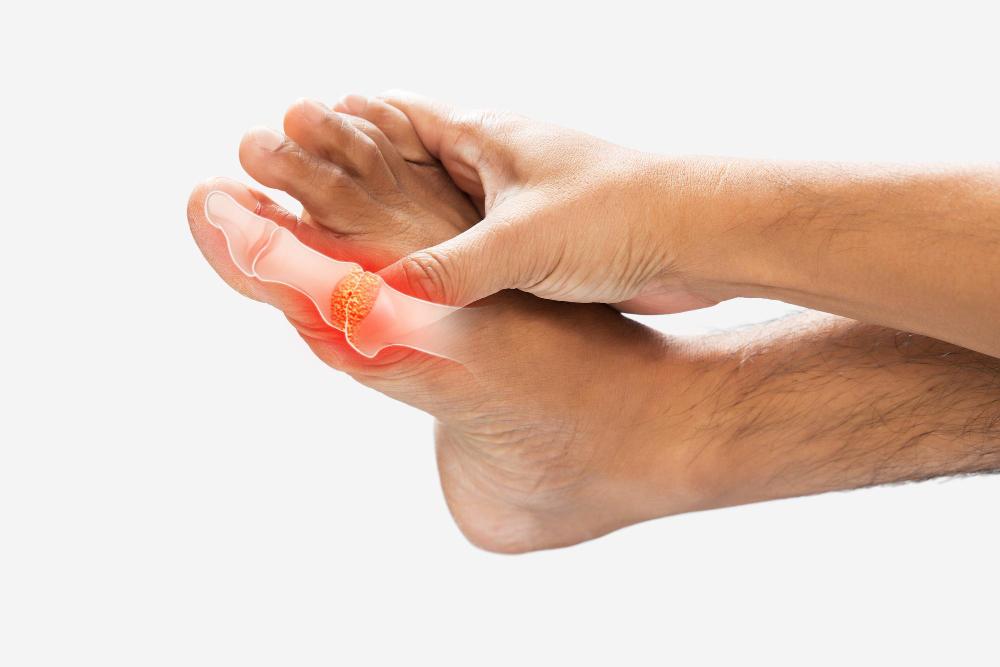Menu

Tailor's bunions, also known as bunionettes, are a common foot condition characterized by bony protrusions that form at the base of the little toe. While they may seem less prevalent than traditional bunions, they can still cause significant discomfort and affect one's quality of life.

In this brief article brought to you by Mid Penn Foot & Ankle Specialists, we give you a short introduction to the causes, symptoms, risk factors, and treatment options for tailor’s bunions. If you are suffering from chronic or severe foot conditions, then consider consulting a licensed podiatrist. Call Mid Penn Foot & Ankle Specialists to schedule an appointment with a foot specialist today.
Tailor's bunions develop gradually over time due to various factors, primarily due to pressure and misalignment of the bones in the foot. Unlike traditional bunions that affect the big toe joint, tailor's bunions affect the joint at the base of the fifth metatarsal bone.
This condition often results from wearing tight or ill-fitting shoes, particularly those with narrow toe boxes that squeeze the toes together and places increased pressure on the outside of the foot.
We are committed to providing personalized, compassionate care for everyone who walks through our doors. If you’re ready to schedule an appointment with one of our doctors, give us a call or visit one of our locations today.
BOOK AN APPOINTMENTWhile wearing tight, narrow, or high-heeled shoes regularly can exacerbate foot problems and contribute to bunionette formation, certain foot shapes such as a high arch or a flat foot can predispose individuals to bunions and bunionettes.
Further, individuals with a family history of bunions or foot deformities are more susceptible to developing tailor's bunions. Jobs that require prolonged standing or repetitive stress on the feet can also increase the risk of developing bunions and related conditions.
We want to start by noting that symptoms can vary in severity, with some individuals experiencing mild discomfort while others may face significant pain and mobility issues. Still, the most common symptoms associated with tailor's bunions include:
While rare cases of tailor's bunions may require surgical intervention, early diagnosis and appropriate management can allow for non-invasive treatment and prevent complications and deformity. Treatment options include:
A licensed foot doctor can assess each individual's condition and recommend the most appropriate treatment plan based on their unique needs.
For accurate diagnosis and proper foot care, consider meeting with a licensed podiatrist in Emigsville. Residents in the area are welcomed to call Mid Penn Foot & Ankle Specialists to schedule a convenient appointment or arrange a walk-in for as soon as possible.
From the moment we step out of bed in the morning to the last stroll around the house…
Read MorePregnancy is an incredible journey, but let’s be real: it’s also tough on your body. From morning sickness…
Read MoreOur bodies are an intricate network of bones, muscles, tendons, and ligaments working together…
Read More